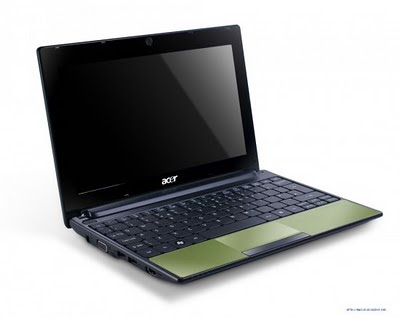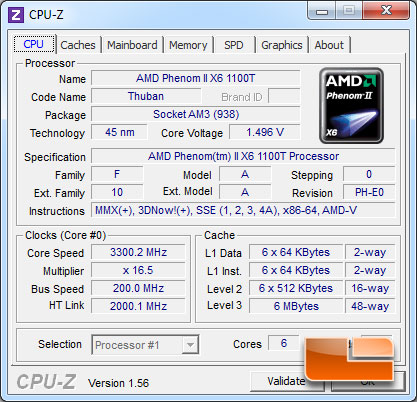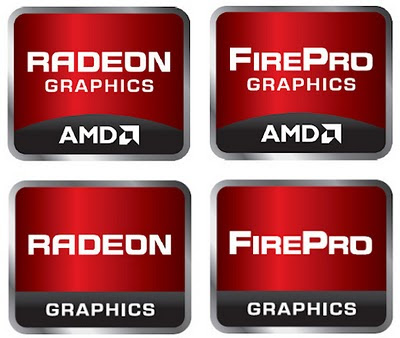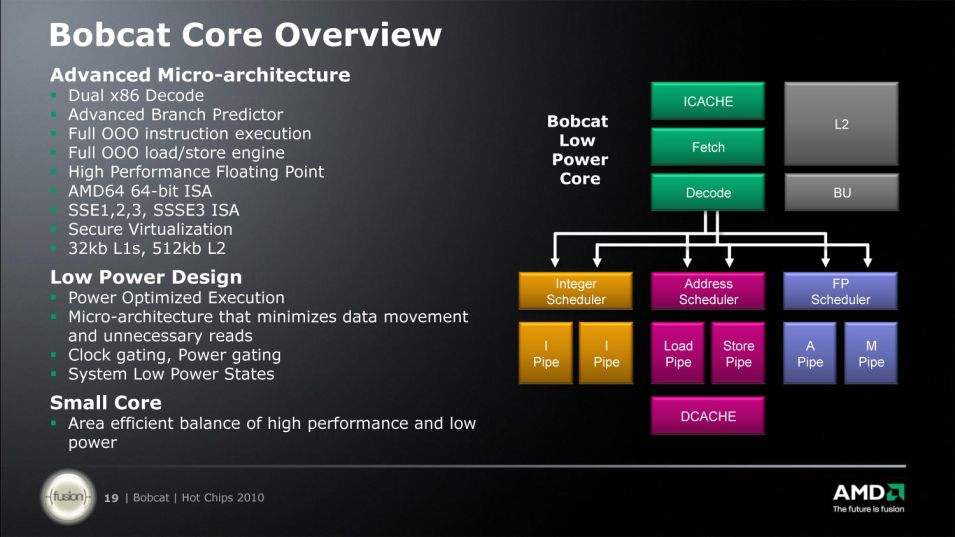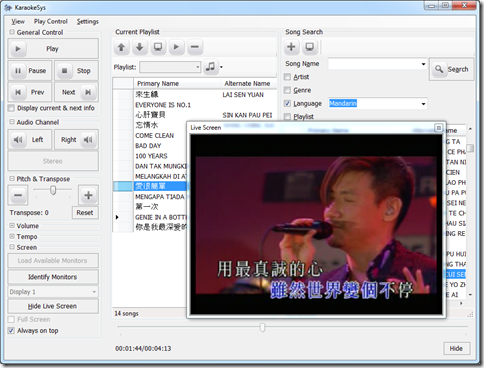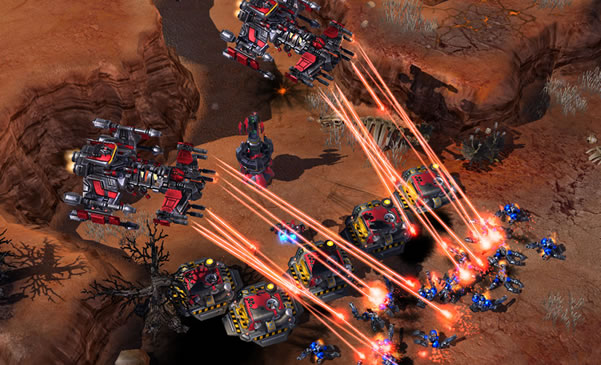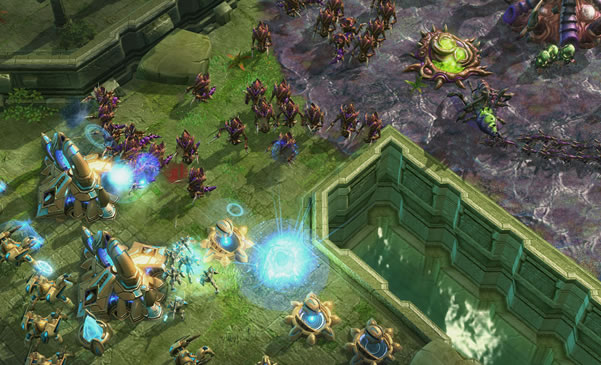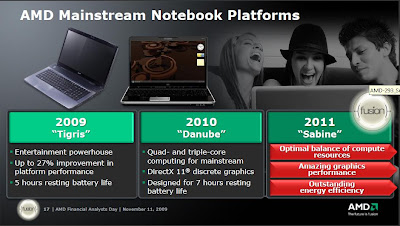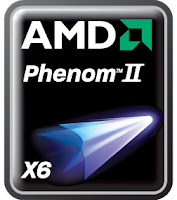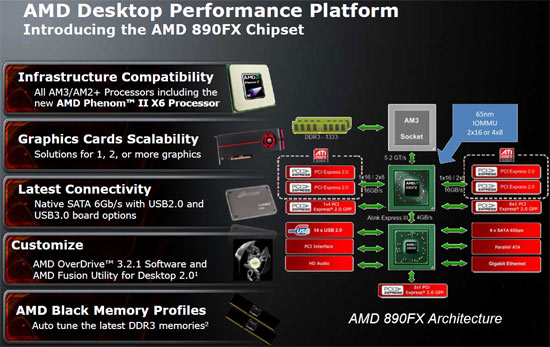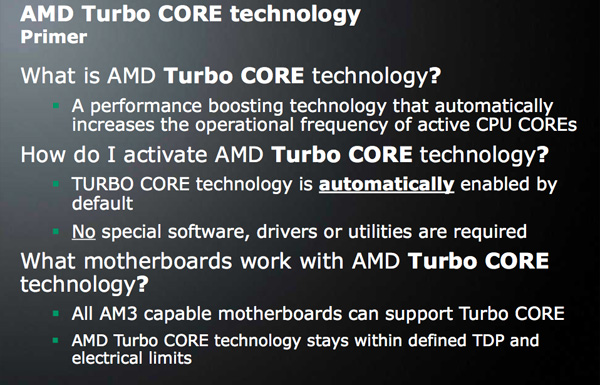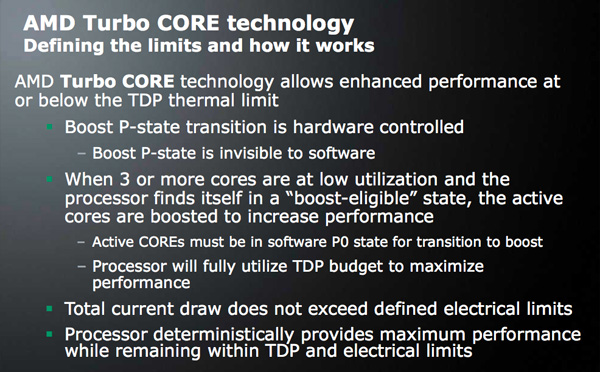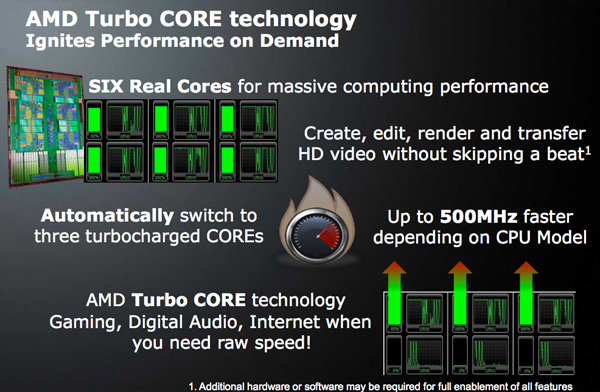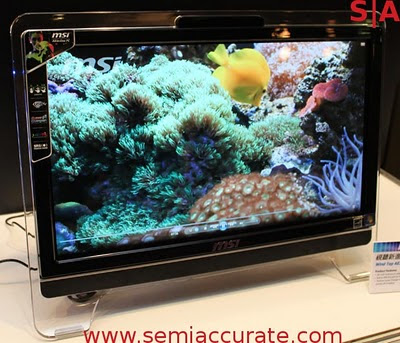
The all-in-one Wind Top AE2050 have a 20-inch 16:9 screen. MSI will offer models with a multi-touch enabled screen, but this doesn't appear to be a standard feature. Besides the 1.6GHz dual core E-350 CPU with built in Radeon HD 6310 graphics, MSI has added USB 3.0 support and the two ports are located on the left hand side of the system.
Other features include four USB 2.0 ports, a pair of audio jacks, built in Ethernet of some form, an HDMI port, a multi-format memory card reader and an optical drive. It also sports a pair of SRS certified speakers and a top mounted web cam. It might not be the most exciting system ever, but should prove to be an interesting alternative to an Atom/ION all-in-one system.
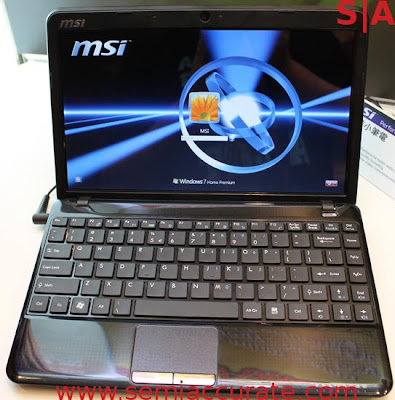
MSI Wind U270 which is MSI's first Brazos notebook and it's a 12-inch model that features a fairly basic, but not unattractive design. The display has a resolution of 1366x768 which is a step up from the Acer Aspire One 522. Again it sports the 1.6GHz dual core E-350 Zacate APU with Radeon HD 6310 graphics. MSI has fitted the U270 with a D-sub connector, an HDMI port, a single USB 3.0 port, two USB 2.0 ports, a pair of audio jacks, an Ethernet port and a multi-format memory card reader. There's of course also a built in webcam & WIFI, space for a standard 2.5-inch hard drive and support for up to 4GB of DDR3 memory.

